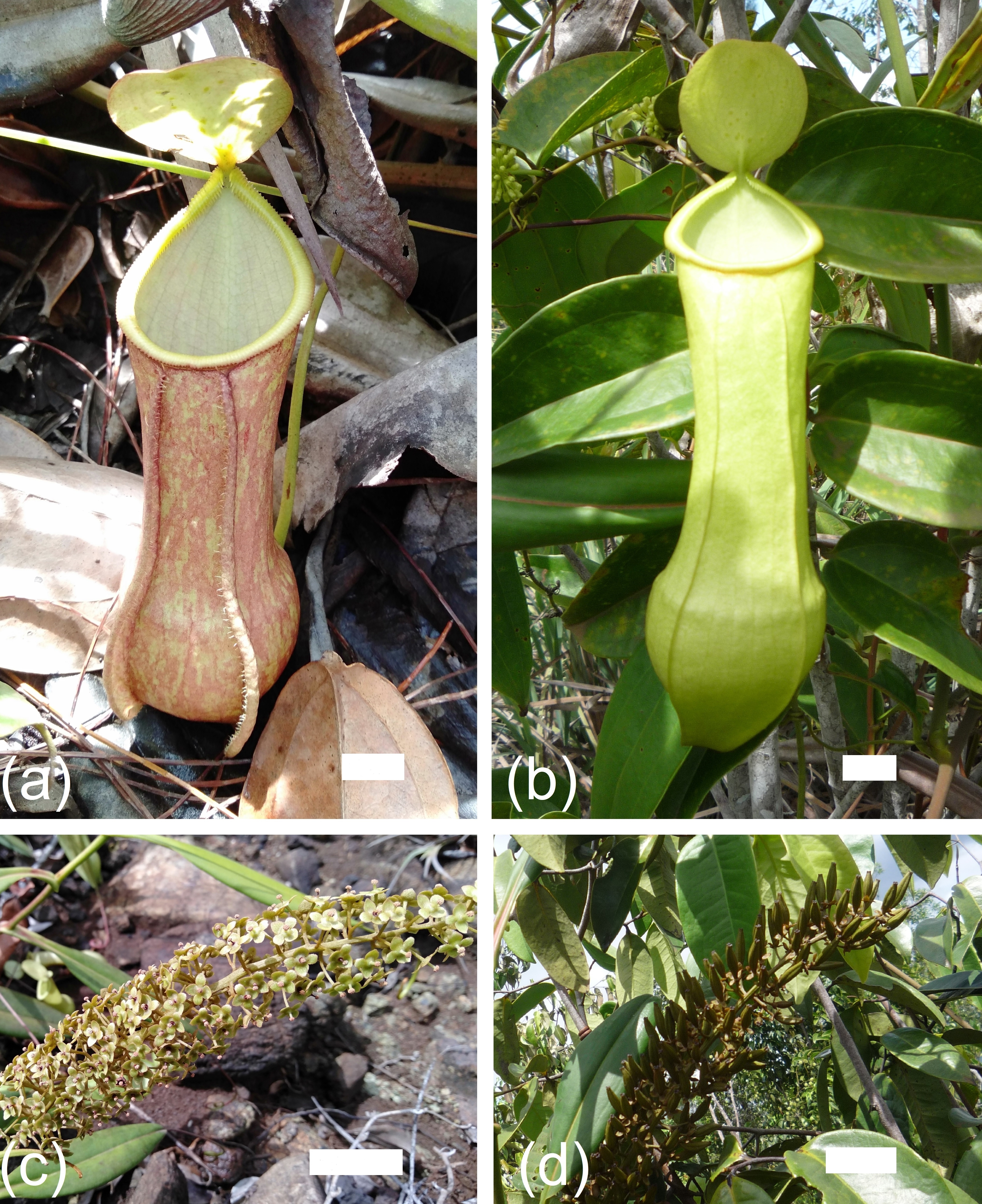ECOLOGICAL OBSERVATIONS ON NEPENTHES WEDA ON THE ISLAND OF HALMAHERA, INDONESIA
DOI:
https://doi.org/10.24823/ejb.2024.1978Keywords:
Anoplolepis gracilipes, metals, Nepenthes, nickel, nutrient concentrations, population, serpentine, ultramaficAbstract
Nepenthes weda Cheek is a carnivorous plant species found in the Indonesian province of Maluku. It was first described in 2015, growing in metal-rich ultramafic soils in minimally disturbed forest; ecologically, this species has not been studied. The present study was conducted at Weda Bay in Halmahera, the site of a large nickel-mining complex, to determine the habitat, population, nutrient interactions and prey spectra of Nepenthes weda. The known distribution of Nepenthes weda is extended to more open lowland disturbed maquis habitats in the mining concession, increasing the extent of occupancy, although the new population was relatively small, at 46 individuals per 1000 m2. Foliar nutrient concentrations were low in P and Ca due to the plant growing in ultramafic soils that are typically low in these nutrients, and foliar Ni was at concentrations similar to those for other plants at this site. The prey spectra were dominated by yellow crazy ants (Anoplolepis gracilipes), along with mosquito and fly larvae as inquilines. Nepenthes weda remains a Critically Endangered species, and we propose urgent conservation actions.

Downloads
Published
Issue
Section
License
Copyright (c) 2024 M. Mansur, F. Q. Brearley

This work is licensed under a Creative Commons Attribution 4.0 International License.
Please read our Open Access, Copyright and Permissions policies for more information.

